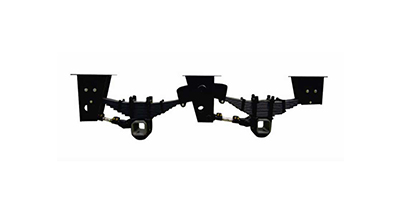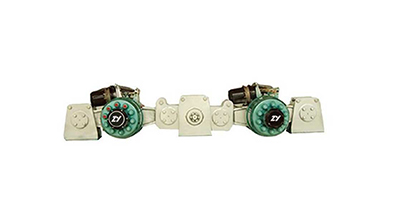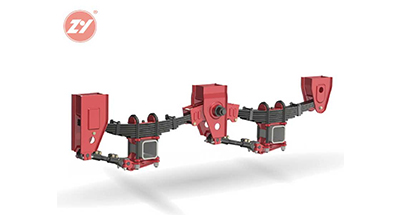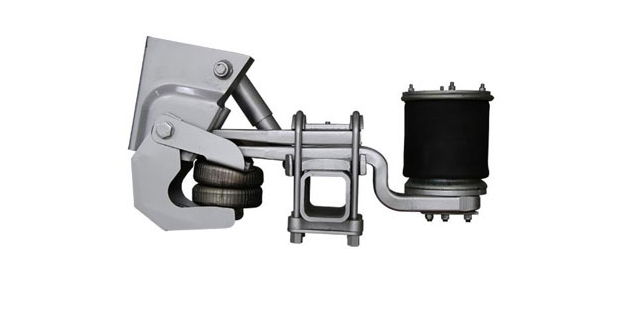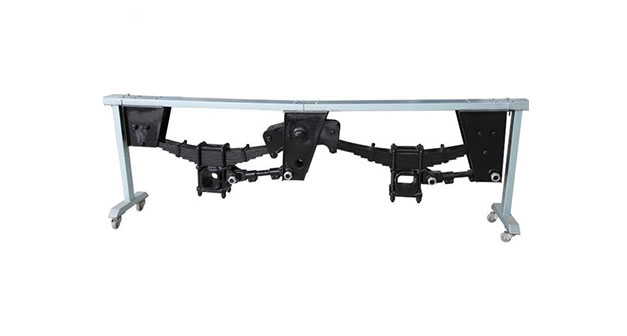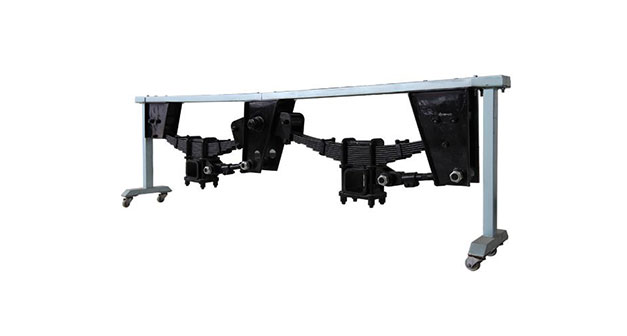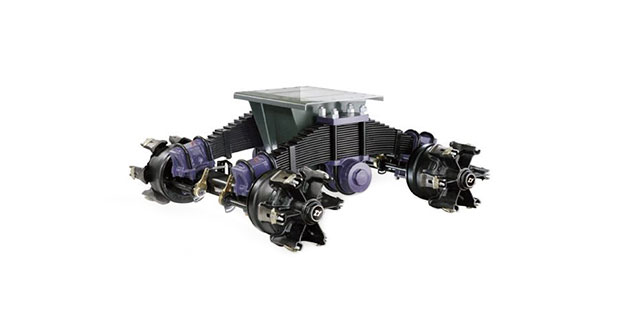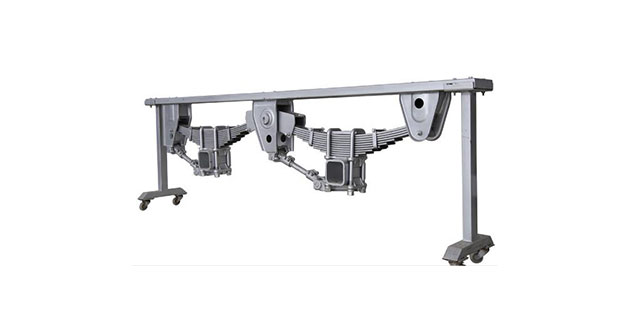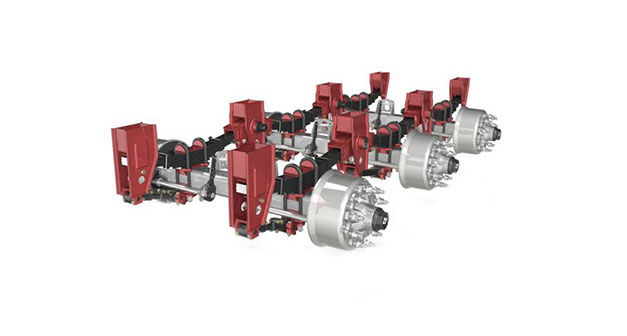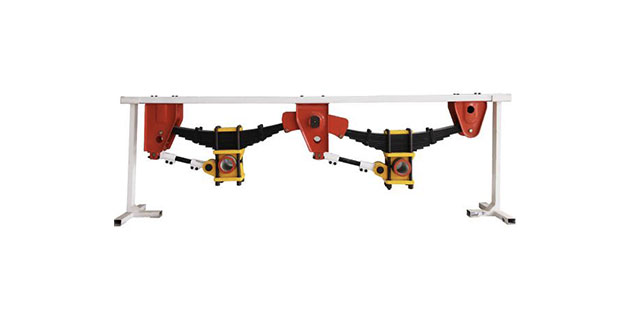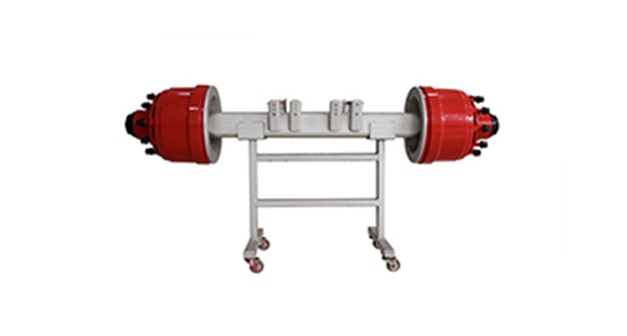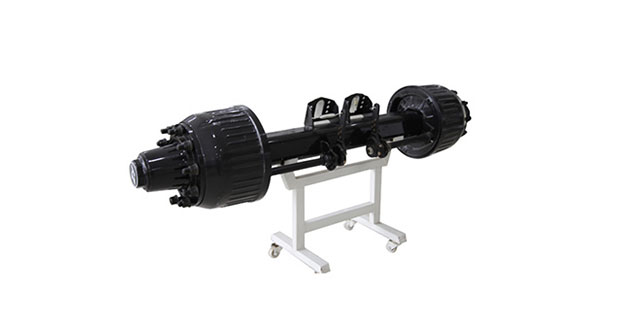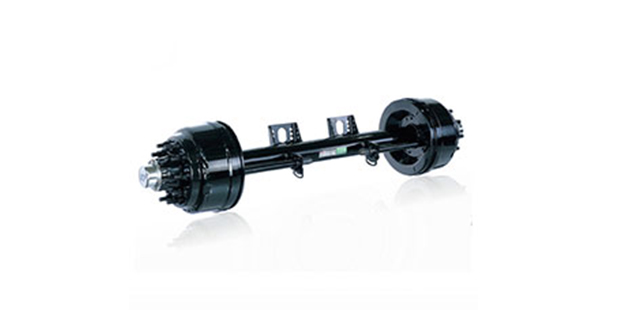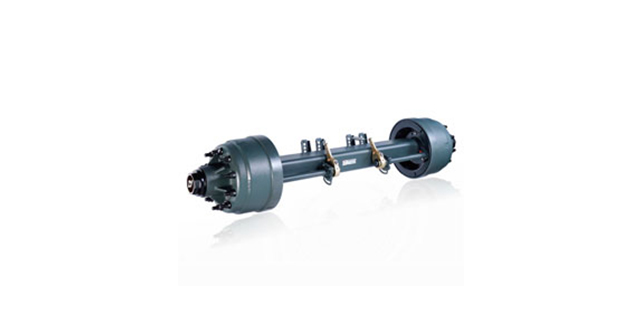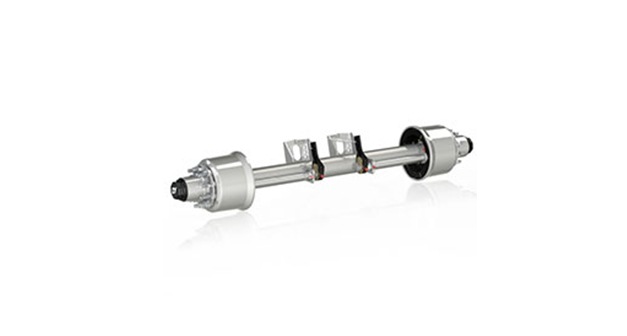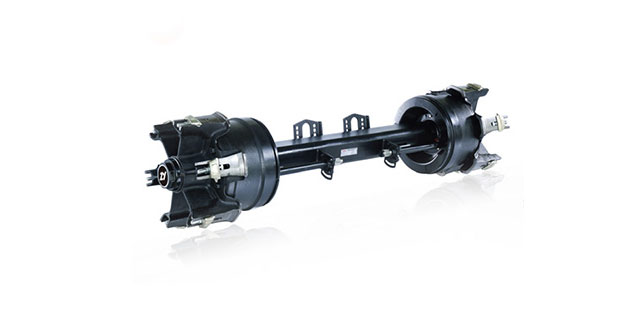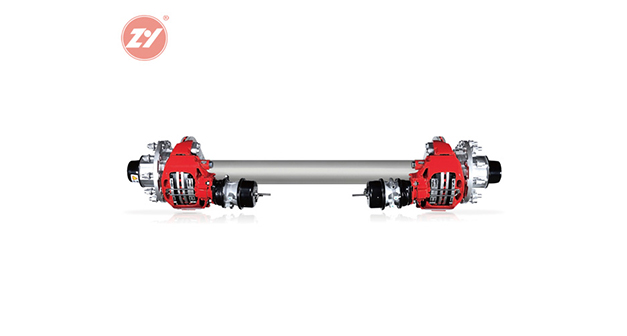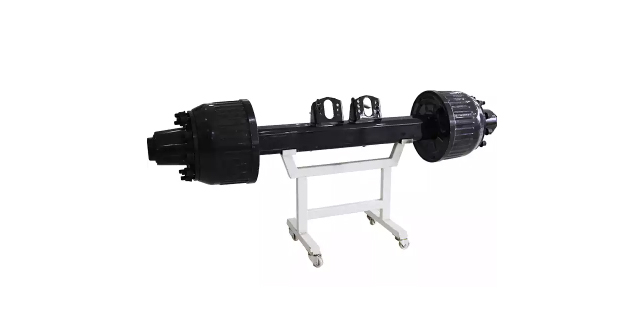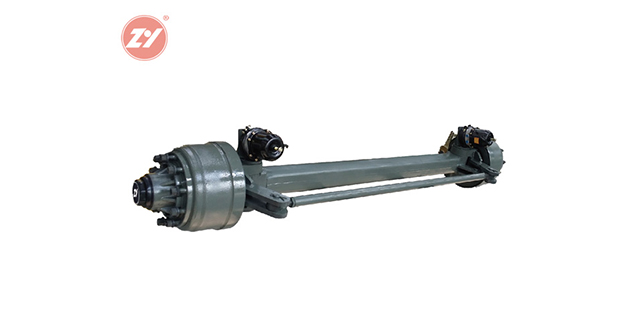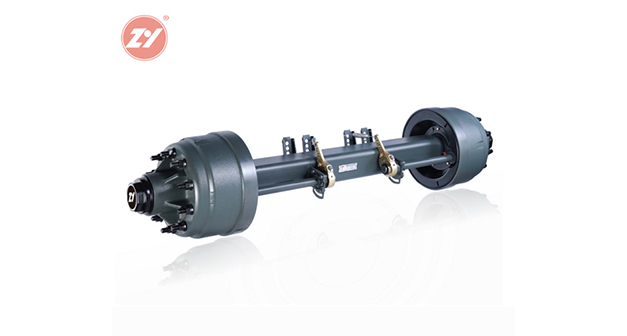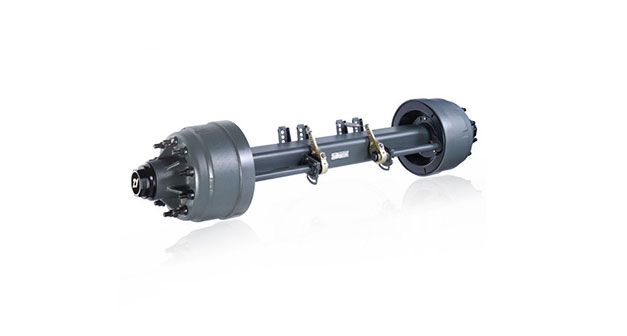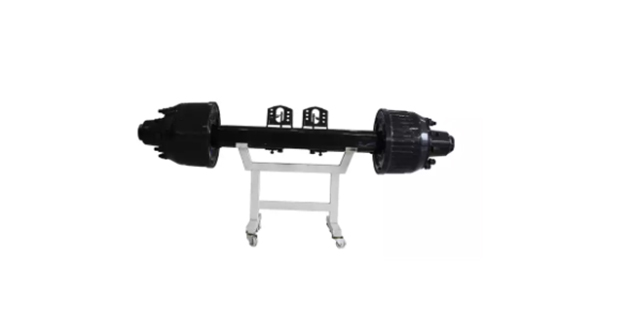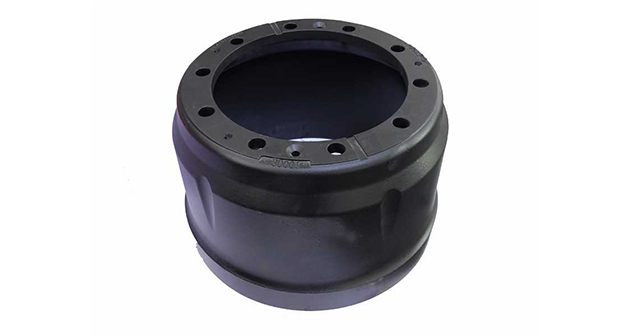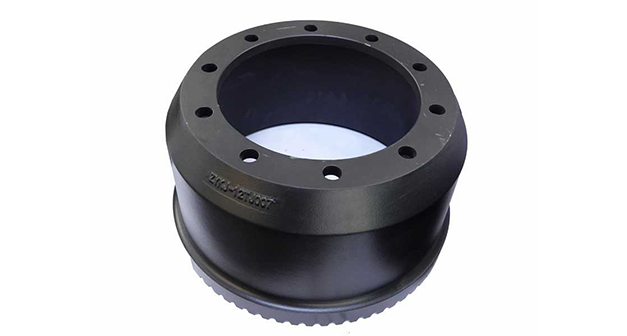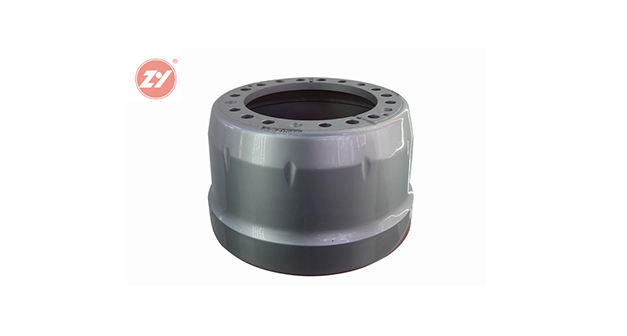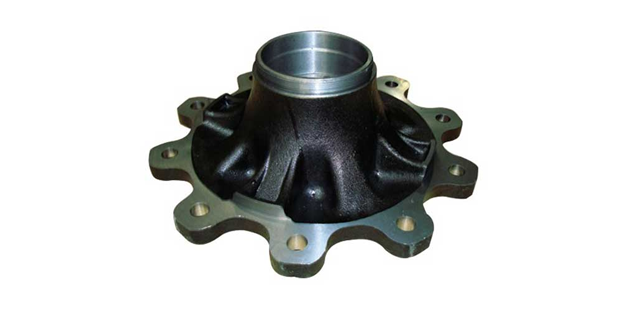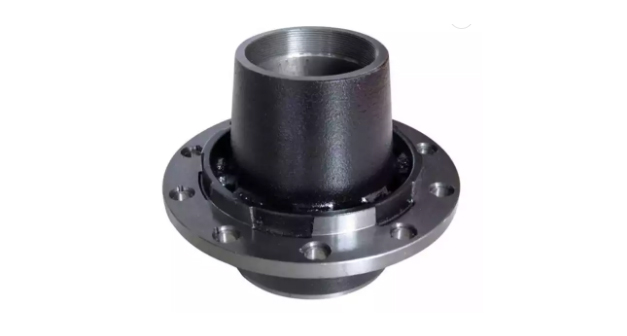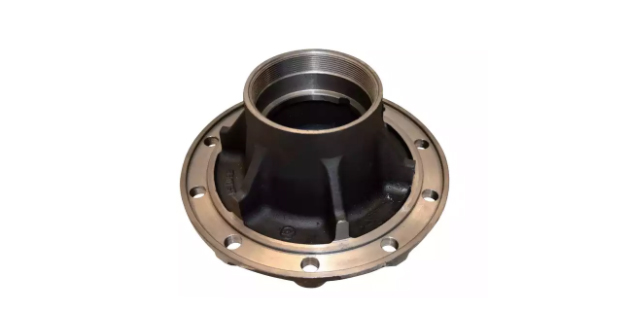Air suspension electronic control mode consists of electronic control unit ECU, remote control, height sensor, solenoid valve, remote control switch, etc.
The air suspension electronic control mode consists of an electronic control unit
The electronic control unit ECU is the "command center" of the entire control system. It is the core unit of the air suspension control calculation, which converts the received signal into an operation command. The information received by the ECU includes: the height signal of each bridge on the left and right, the pressure signal of each airbag, the vehicle speed signal (CAN line), and the remote control signal. Sensors collect vehicle status signals and transmit them to the control unit ECU. The suspension ECU receives sensor input signals, calculates the optimal control output signals, comprehensively adjusts the air supply unit and the air spring inflating and deflating, the damper valve, and finally changes the various parameters of the trail air suspension and the driving experience.
The air suspension electronic control mode height sensor
The height sensor is used to monitor changes in the height of the air suspension. When the connecting rod of the height valve rotates with the change of the load, the height sensor transmits the information to the ECU, thereby controlling the inflation and deflation of the airbag. For tandem axle air suspension, utility trailer air suspension, and semi trailer air suspension.The height sensor is generally installed near the vehicle axis on the frame to accurately sense changes in the axle load. It converts the deviation angle into an electrical signal and sends it to the ECU, providing a control basis for the ECU. The pressure sensor is used to monitor changes in the pressure of the airbag. The pressure sensor is generally installed on the airbag and converts the size of the air pressure into a voltage change, which is sent to the ECU to provide a control basis for the ECU.
The air suspension electronic control mode solenoid valve
The solenoid valve is used to receive and transmit signals and is the executive component of the control. The solenoid valve accurately controls the inflation and deflation or pressure maintenance of the airbag by driving the corresponding coil. It is generally installed on the frame.
The working principle of the air suspension electronic control system is that the height sensor is installed on the frame longitudinal beam, and the sensor lever is fixed on the axle. When the axle moves and the distance between the frame and the axle changes accordingly, the height sensor real-time monitors the change in this distance through the rotation of its connecting rod, and then transmits the information to the ECU. In addition to height information, different measuring devices can be equipped according to different needs to obtain other input information, such as vehicle speed information, supply gas pressure, and brake information. After ECU receives the input information, it analyzes and calculates the output control signal based on the control algorithm stored inside, accurately controls the operation of the air suspension's actuator (mainly the solenoid valve), and adjusts the stiffness of the air spring and the damping of the damper in a timely manner, ensuring driving stability, riding comfort, and road friendliness in the process of driving.
With the continuous evolution of automotive electronic and electrical architecture, the functions of vehicle-mounted ECU will gradually integrate. In the future, the air suspension ECU may be integrated with control units for steering, braking, and other systems, and centrally calculated and processed on the chassis domain controller.

